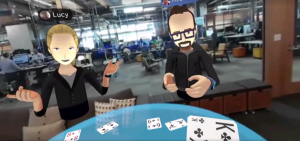Employees of mobile-using or BYOD (bring your own device) companies all share a similar worry: Is IT always watching me? This can lead to very uncomfortable working environments. In reality though, IT is not always up in your digital business like one may intuitively believe. There are many reasons for this.
Even though, as an employee, you are loyal to your company, the company still has to discern between security and privacy. In this article, security is defined as the “mechanics of maintaining the confidentiality of sensitive information,” and privacy is the “individual’s right and expectations to keep their information confidential.” So as we can see, putting these ideas together can be a bit of a problem. A company is equally worried about the safety of their company and their employees. So the steps it takes to satisfy both these principles are as follows:
Legal. We have all skimmed over a privacy policy before. Well these companies send them to their employees, of whom it is in the best interest to read considering it refers to their daily work activities. This policy can put an employee at ease because it also outlines the penalties for privacy intrusion.
Policy and agreements. Here is when the employees sign off on what they’re agreeing to let corporate view. This extends to extraction, archiving, and usage of data. In short, these are documents that make sure everybody knows what everybody else is agreeing to.
Management. In this final step, the company is just enforcing all of the agreements it has made above. IT will never take and store more information than what the employee is aware of, and will certainly never remove content from an employee’s device.
In conclusion, IT is doing no more spying on you than you have given them permission for, and employee privacy is not yet a thing of the past.
Source: searchmobilecomputing.techtarget.com/Tip/How-user-privacy-policies-can-quell-IT-spying-fears


